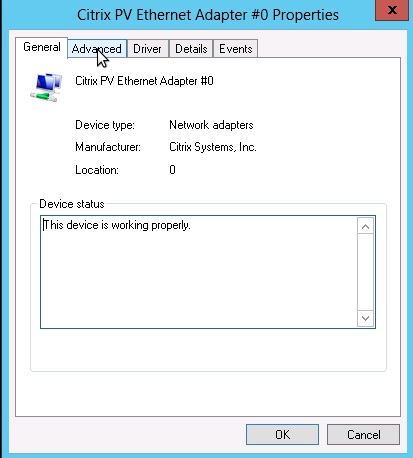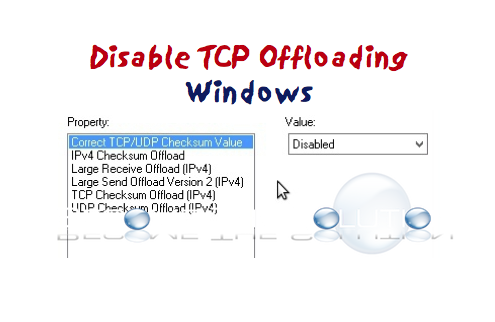Disabling TCP Offloading in Windows Server
TCP offload engine is a function used in network interface cards (NIC) to offload processing of the entire TCP/IP stack to the network controller. By moving some or all of the processing to dedicated hardware, a TCP offload engine frees the system's main CPU for other tasks. TCP offloading has been known to cause some issues, and disabling it can help avoid these issues.
In recent years, the communication speed in Ethernet systems has increased faster than computer processor speed. This produces an input/output (I/O) bottleneck. The processor cannot keep up with the data flowing through the network. As a result, the TCP/IP flow is processed at a rate slower than the speed of the network. TOE solves this problem by removing the burden (offloading) from the microprocessor and I/O subsystem
In the Windows server, open the Control Panel and select Network Settings > Change Adapter Settings:
Right-click on each of the adapters select Configure from the Networking menu, and then click the Advanced tab. The TCP offload settings are listed for the Citrix adapter:

Disable each of the following TCP offload options, and then click OK:
IPv4 Checksum Offload
Large Receive Offload
Large Send Offload
TCP Checksum Offload


Comments